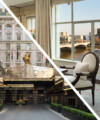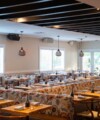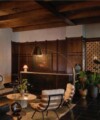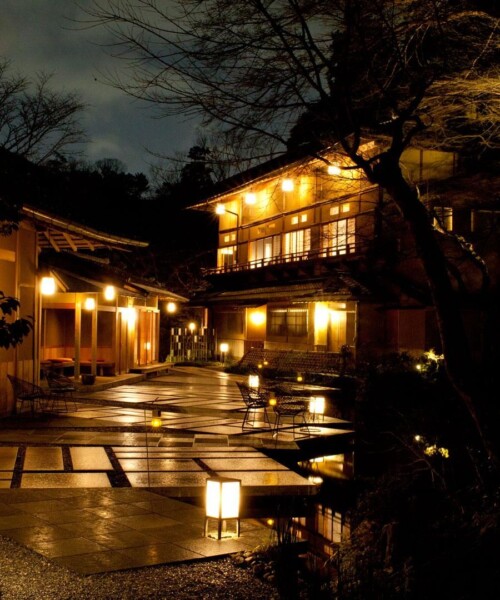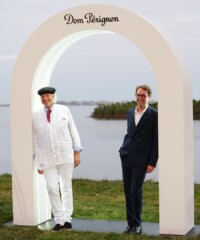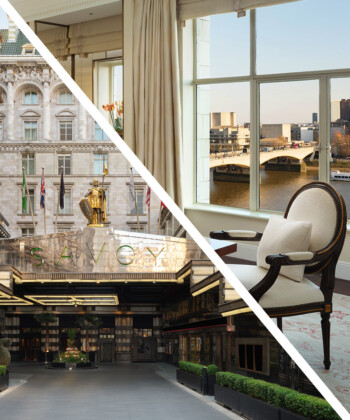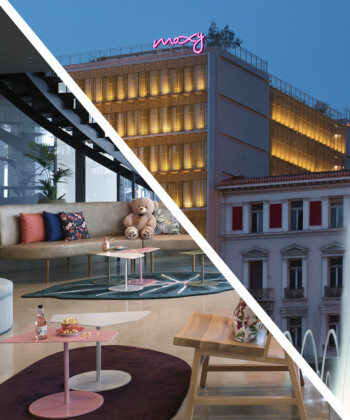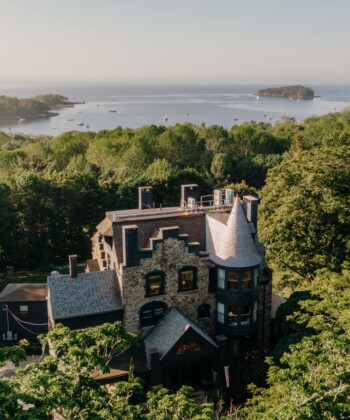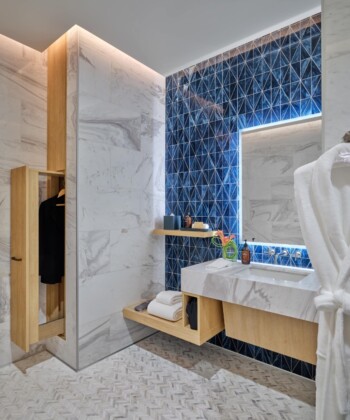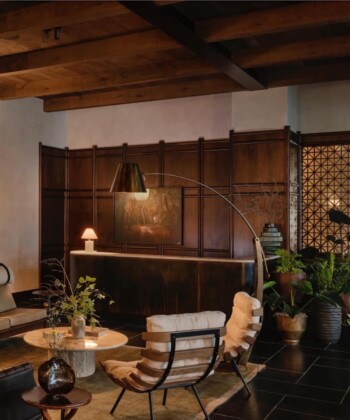Kyoto has long been considered a tranquil alternative to hyper-stimulated Tokyo, but now the imperial city is taking on a new identity among travelers: a luxury destination that fuses ancient tradition with modern flair.
The “old-meets-new” concept is quickly gaining traction throughout Kyoto. A number of companies are restoring historic merchant houses and converting them into art galleries, restaurants or upscale vacation rentals complete with concierge services. Years ago, these properties would have been demolished to make way for new construction—but today, they offer well-heeled travelers a lavish way to embrace authentic Japanese culture.
 In a traditional Japanese tea ceremony, finely milled green-tea powder (called “matcha”) is whisked with hot water until it reaches a frothy, soup-like consistency, then served to honored guests. The ritual is an elaborate art that takes years to preoperly master.
In a traditional Japanese tea ceremony, finely milled green-tea powder (called “matcha”) is whisked with hot water until it reaches a frothy, soup-like consistency, then served to honored guests. The ritual is an elaborate art that takes years to preoperly master.
It’s a similar experience for guests at Hoshinoya*, a charming hotel on the Western edge of the city. Fusing history and elegance seems especially apropros at Hoshinoya, given its location in a region once considered an imperial retreat for aristocrats during the Heian Period, from a.d. 794 to 1185. Today’s guests relish the opportunity to don linen loungewear and raw silk robes (provided in each room), participate in ancient tea-making ceremonies and take in the hotel’s history.
 Top left: A view from one of Hoshinoya Kyoto’s suites. Right: A member of the hotel staff teaches guests about the aristocratic art of incense by performing the ancient ceremony. Bottom left: The path leading up to the hotel’s library lounge.
Top left: A view from one of Hoshinoya Kyoto’s suites. Right: A member of the hotel staff teaches guests about the aristocratic art of incense by performing the ancient ceremony. Bottom left: The path leading up to the hotel’s library lounge.
 Left: The 25 cottage-style suites are connected by a stone path. Top Right: The lush bamboo forest in Arashiyama. Bottom Right: Traditional Japanese tea ceremonies were adopted from China, along with the Zen Buddhist principles that accompany the ritual.
Left: The 25 cottage-style suites are connected by a stone path. Top Right: The lush bamboo forest in Arashiyama. Bottom Right: Traditional Japanese tea ceremonies were adopted from China, along with the Zen Buddhist principles that accompany the ritual.
Getting there may take 16 hours, but it’s relatively hassle-free. American Airlines flies direct from New York to Haneda, a more convenient alternative to Narita. After a one-hour connecting flight to Kyoto or three hours on Japan’s signature Shinkansen bullet train, a guide will escort you to the property.
Perched on the banks of the Hozugawa River, the hotel is only accessible via boat. The trip is a scenic rite of passage that culminates on a private dock, where staff members welcome guests with deep, synchronized bows. Hoshinoya fashions itself as a traditional Japanese inn—known as a ryokan—with a luxury twist. Suites are outfitted with heated floors and intricate hand-painted wallpaper; bathrooms have a sunken cedar tub and a high-tech toilet that opens automatically as you approach. The Japanese-style bed is startling at first glance—it sits on a flat wooden platform—but fluffy pillows and a plush mattress instantly yield a change of heart. The room’s greatest asset, though, is an oversize sliding glass window. It provides picturesque views and a flowing-river soundtrack that turns sleeping into a spiritual experience. In Japan, the simple-yet-refined philosophy comes naturally.
 Left: Hoshinoya Kyoto at night. Top right: The suites, designed to look like a traditional Japanese inn or “ryokan.” Bottom right: Hand-blocked wallpaper and a king bed-style futon.
Left: Hoshinoya Kyoto at night. Top right: The suites, designed to look like a traditional Japanese inn or “ryokan.” Bottom right: Hand-blocked wallpaper and a king bed-style futon.
For more info on Hoshinoya Resort, visit global.hoshinoresort.com. Plan a trip by visiting kyoto.travel.
*Editor’s Note: Due to flooding damages caused by the recent Typhoon Man-yi, the resort will be closed until February 2014.
MORE:
A Fiji State of Mind
The Dream Houses of China
Singapore’s Ex-Pat Surge




